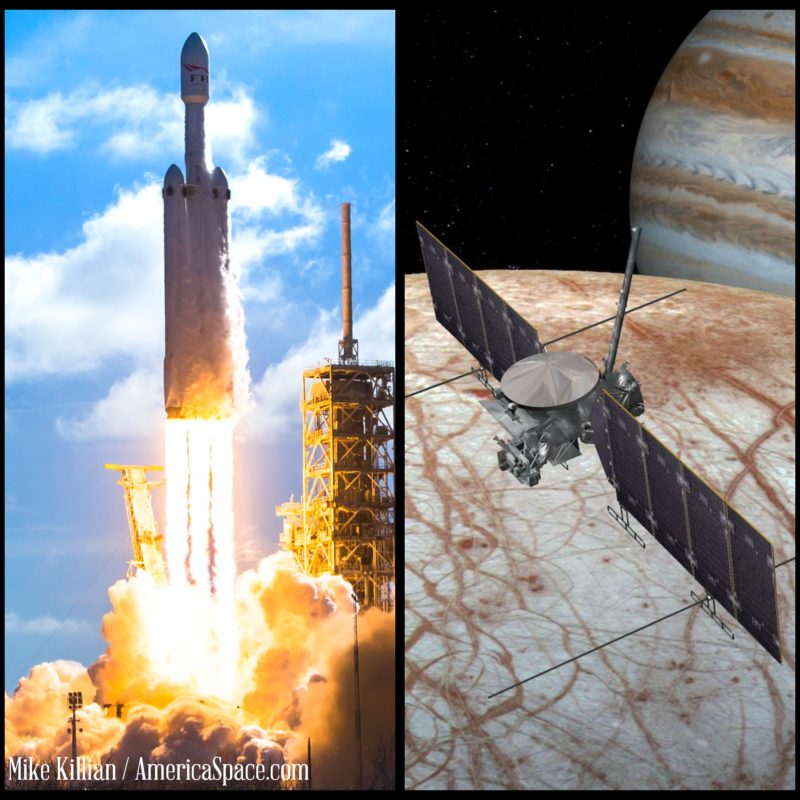
NASA has awarded SpaceX a $178 million contract to launch Earth’s first-ever dedicated mission to explore Jupiter’s moon Europa, which has been a high-profile target for planetary scientists for many years now. Slated to launch in October 2024 from historic pad 39A at Kennedy Space Center in Florida, Europa Clipper will be the first spacecraft to study Europa up close since Galileo in the early 2000s, and will focus on determining the habitability of the moon’s global subsurface ocean, which is twice the size of Earth’s oceans combined & thought to be quite similar, but completely covered by a thick shell of ice.
One of NASA’s mantras for searching for life elsewhere is to follow the water, and the agency’s next flagship mission to the outer solar system with Europa Clipper hopes to address whether Europa’s oceans can in fact support life.

Scientists already know Europa’s oceans are salty with a rocky ocean bottom, likely rich in chemical nutrients that life could use for food and energy. There may even be hydrothermal activity similar to the vents on the ocean bottoms of Earth, which are full of life contrary to what scientists used to believe. Such hot spots can be an oasis for a wide variety of life forms, even at great depths with no light, so the spacecraft will swoop around Jupiter on an elliptical path, dipping close to Europa on each flyby to collect data to help answer these and other questions.
Development of the spacecraft itself is going well, following an intense Critical Design Review earlier this year where experts examined in detail the spacecraft’s design and the specifics of the plans for its science instruments – from cameras to antennas and flight subsystems, including propulsion, power, avionics, and the flight computer. Much of the flight insteuments are already being built; individual engineering subsystems and instruments cleared their own design reviews over the last 1.5 years. One of its signature element is taking shape too; a nearly 10 foot (3 meter) diameter disc-shaped high-gain antenna, which will receive commands from Earth and transmit science data back down. And its massive solar arrays are under construction too.
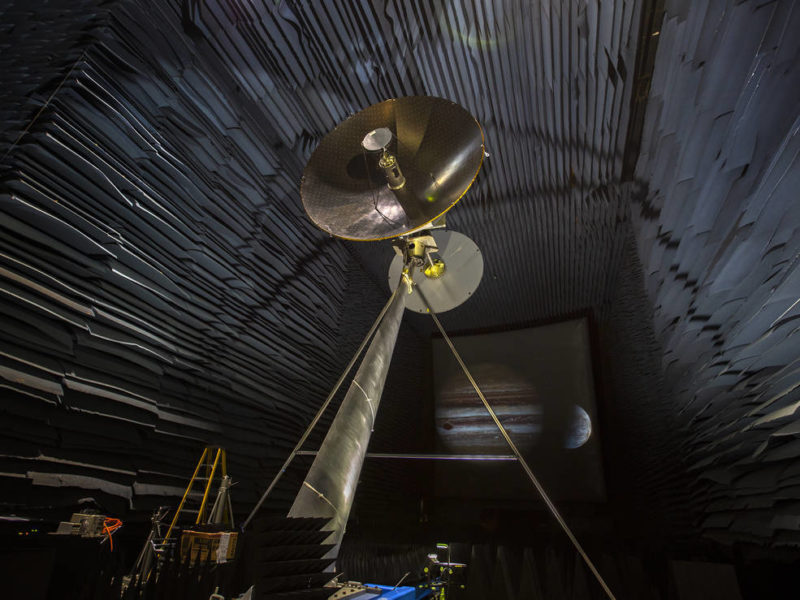
Once finished and with its arrays fully deployed, Europa Clipper will be wider than a basketball court is long, spanning 100 feet (30.5 meters), while the arrays will cover over 960 square feet (90 square meters).
“We showed that our project system design is strong,” said Europa Clipper Project Manager Jan Chodas of NASA’s Jet Propulsion Laboratory in Southern California. “Our plans for completing the development and integration of the individual pieces hold together, and the system as a whole will function as designed to gather the science measurements we need to explore the potential habitability of Europa.”
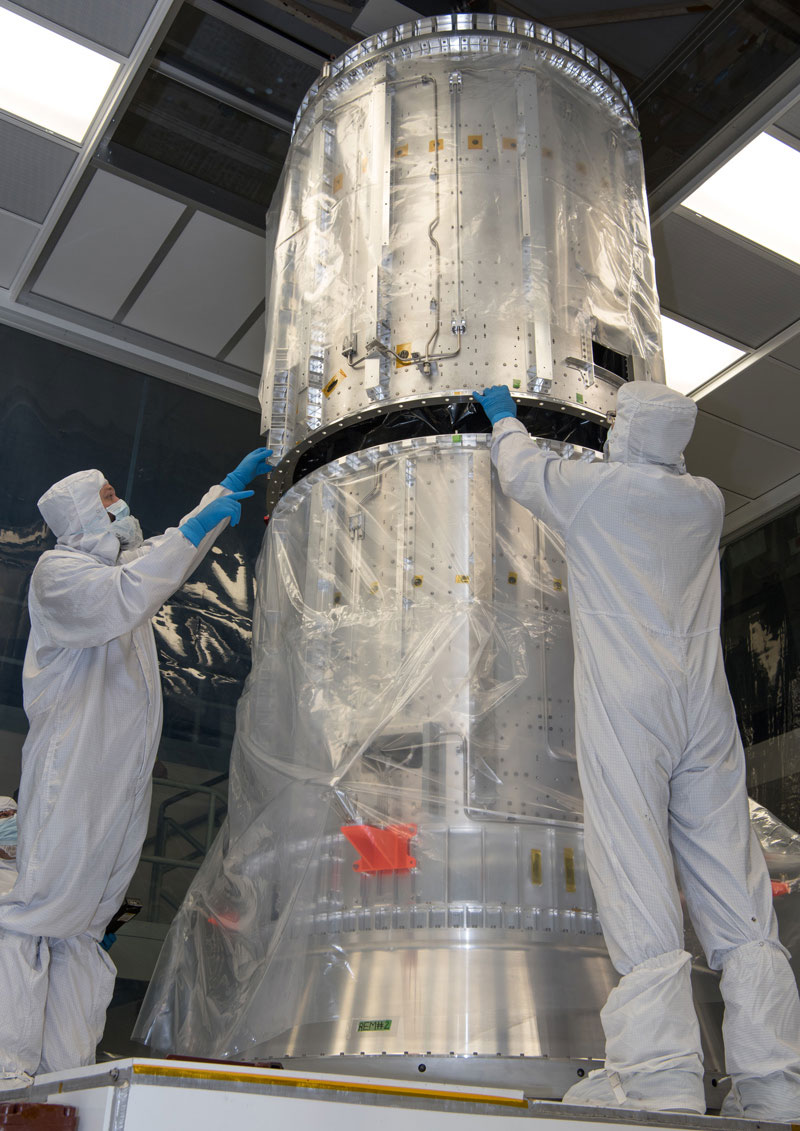
The Johns Hopkins Applied Physics Lab (APL) in Laurel, Maryland is building the telecommunications module for radio communications with Earth, and a radiation monitor to gauge the size of the electron blast that is hitting the spacecraft. They are also providing the spacecraft’s propulsion module, which will hold the propulsion tanks and 16 engines to propel the spacecraft on its course after leaving Earth and throughout its mission once in Jupiter’s system.
You can read more in depth about the hardware and science instruments HERE.
NASA wants to have the Europa Clipper spacecraft complete and ready for launch by 2023, although the agency baseline commitment supports a launch readiness date by 2025.
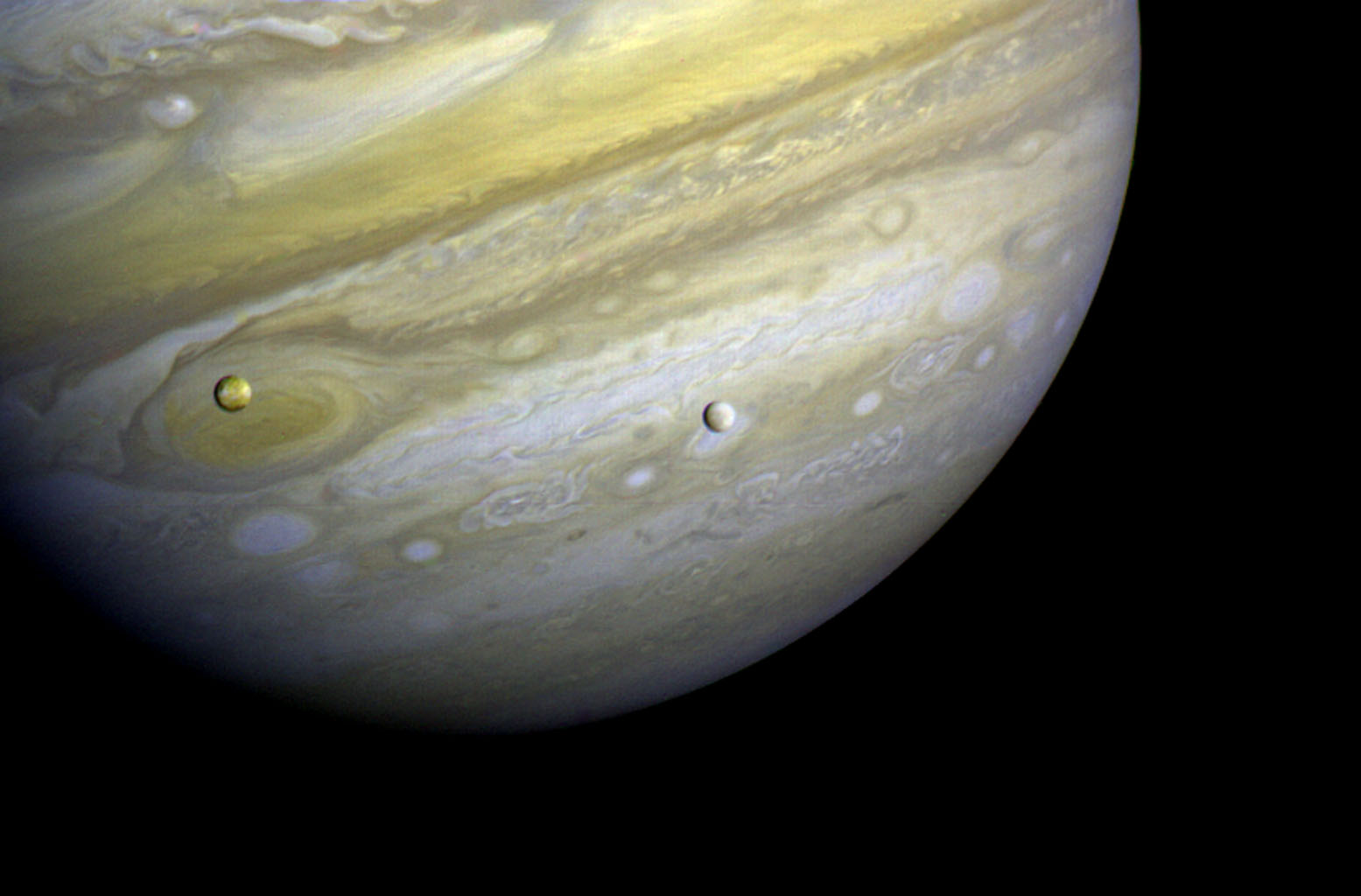
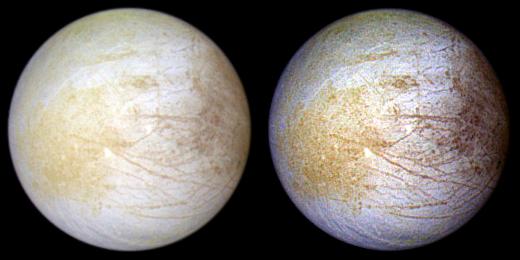
The upcoming James Webb Space Telescope will also be used to study Europa and Enceladus, including making detailed observations of the plumes. For both moons, a focus will be to search for organic signatures such as methane, methanol, and ethane in the plumes. Evidence of life itself, like microbes, would be more difficult since some life-like processes could also have a geological explanation.
The return to Europa is part of NASA’s Ocean Worlds program, which includes mission concepts back to Enceladus and Titan (which also has a subsurface ocean).
Europa is an exciting destination for further exploration. Europa Clipper and possible follow-up missions will be able to help answer the question of whether life could exist in its alien, yet eerily familiar, ocean abyss.
.
.
FOLLOW AmericaSpace on Facebook and Twitter!
.
.






SLS supporters got that mission funded…and those ingrate planetary scientists who always opposed LV development but the hand that fed them. This launch fails, they will find that hand balled up into a fist lest they think they can get a replacement.